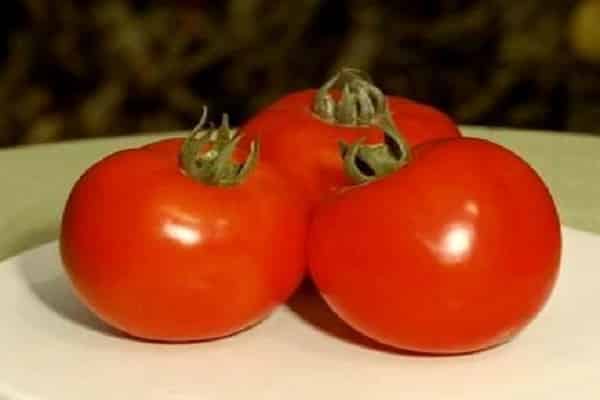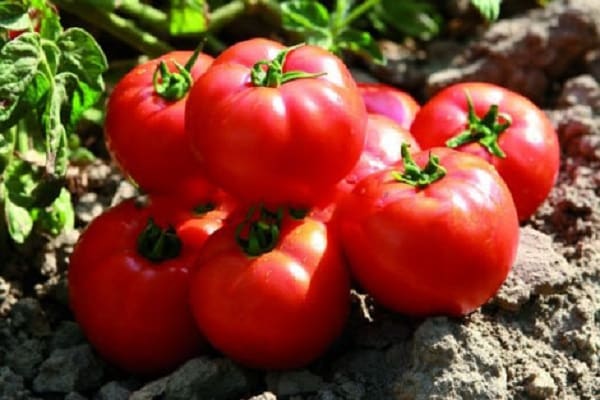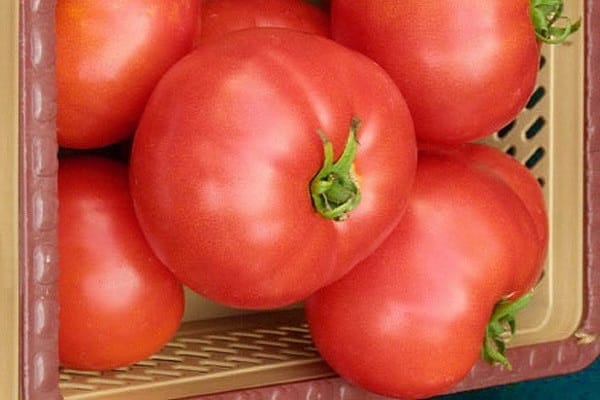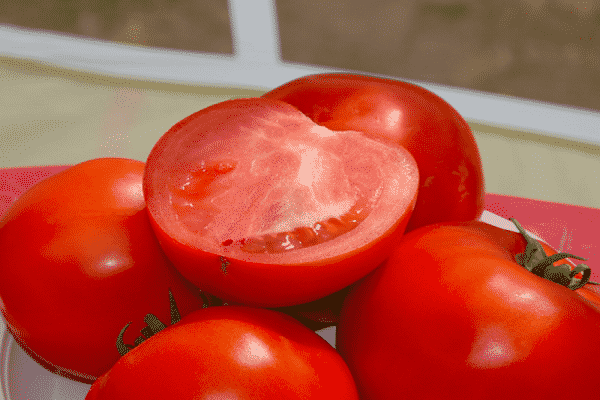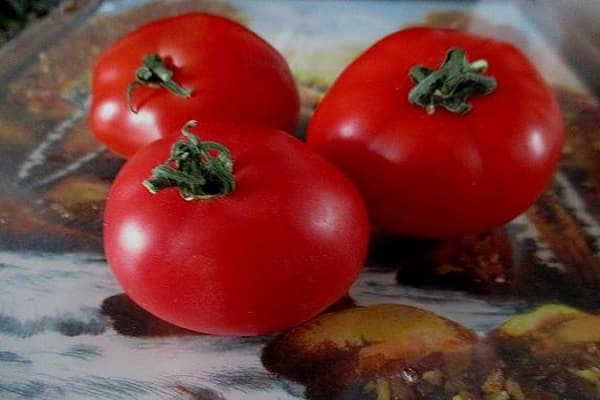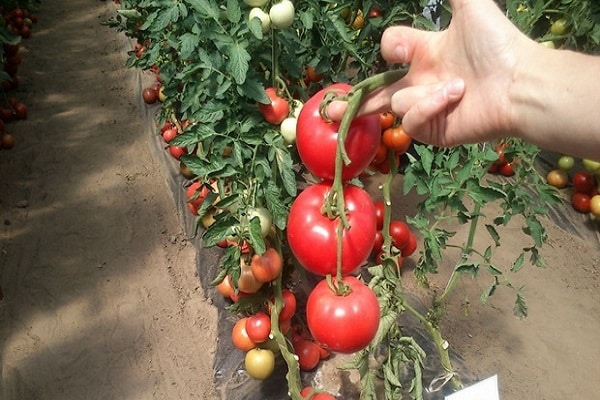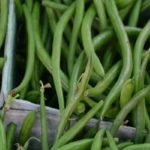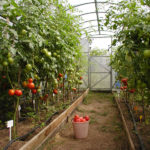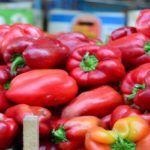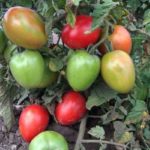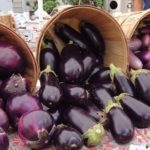The Sadik f1 tomato appeared on the Russian market relatively recently, and its creation was the result of the work of Dutch breeders. The children's hybrid variety is included in the state register as a plant intended for planting in open ground or covered structures. The presence of a sign on the paper package with seeds “f1” indicates that they belong to hybrid varieties.
[toc]
Today, the variety is actively grown in Russia, Ukraine, and Moldova, not only by farms, but also by private individuals on their plots. You can purchase the variety in specialized stores or by ordering online.
The characteristics of the garden crop classify the variety as a typical representative of determinate species with a late ripening period. The period before the first harvest is 65-70 days after planting the seedlings of the variety in the place of permanent cultivation.
The height of standard bushes reaches an average of 60-70 cm. The leaves are large in size and have a dark green color. The inflorescence belongs to an intermediate species; the stalk is characterized by the presence of an articulation.
The advantage of the Sadik f1 variety is its resistance to many tomato diseases, including verticillium wilt, Fusarium wilt, and yellow curl virus.
What fruits does the plant produce?
The fruits have a round, flat shape with a smooth surface. Some fruits may acquire slight ribbing at the ripening stage. The skin is thin, does not have increased density and thickness, but allows vegetables to withstand external influences and maintain their shape under difficult transportation conditions.
Description and characteristics of the fruit:
- unripe fruits are light green in color;
- at the moment of ripening, the color changes to a rich red color, some vegetables become plump and acquire a dark cherry color;
- On average, 3-5 tomatoes are formed in one brush;
- the average weight of one tomato varies from 150 to 170 grams.
With good care and timely fertilizing, it is possible to achieve a tomato weight of 200 to 250 grams. The yield of marketable fruits, subject to the rules of agricultural technology, is 8.5 kg per 1 m2. The yield from one plant bush is on average 4.5 kg.
Reviews from gardeners confirm the excellent taste of tomatoes. Due to their excellent taste, the fruits are used in salads and as an ingredient in the preparation of various dishes.Due to the rather large size of whole fruits, their use for whole-fruit canning is limited. Vegetables are ideal for making tomato juice, purees and pastes.
Features of care
Cultivation is carried out using the seedling method. Planting time is determined depending on the climatic conditions of a particular region and the desired harvest period. The recommended period for sowing planting material is the beginning of April.
The soil in the place of permanent cultivation should be fertile and well loosened. Before planting, it is recommended to treat the soil with a weak solution of potassium permanganate, which will reduce the risk of plant infection in the future. Carrots, zucchini, cauliflower crops, and herbs in the form of dill or parsley are considered good predecessors.
Seedlings are planted in accordance with the planting pattern of 50 by 40 cm. Per 1 m2 there should be from 7 to 9 tomato bushes. Care consists of timely watering, loosening the soil and removing weeds. During the growing season, it is necessary to fertilize tomato bushes with mineral complexes several times.

